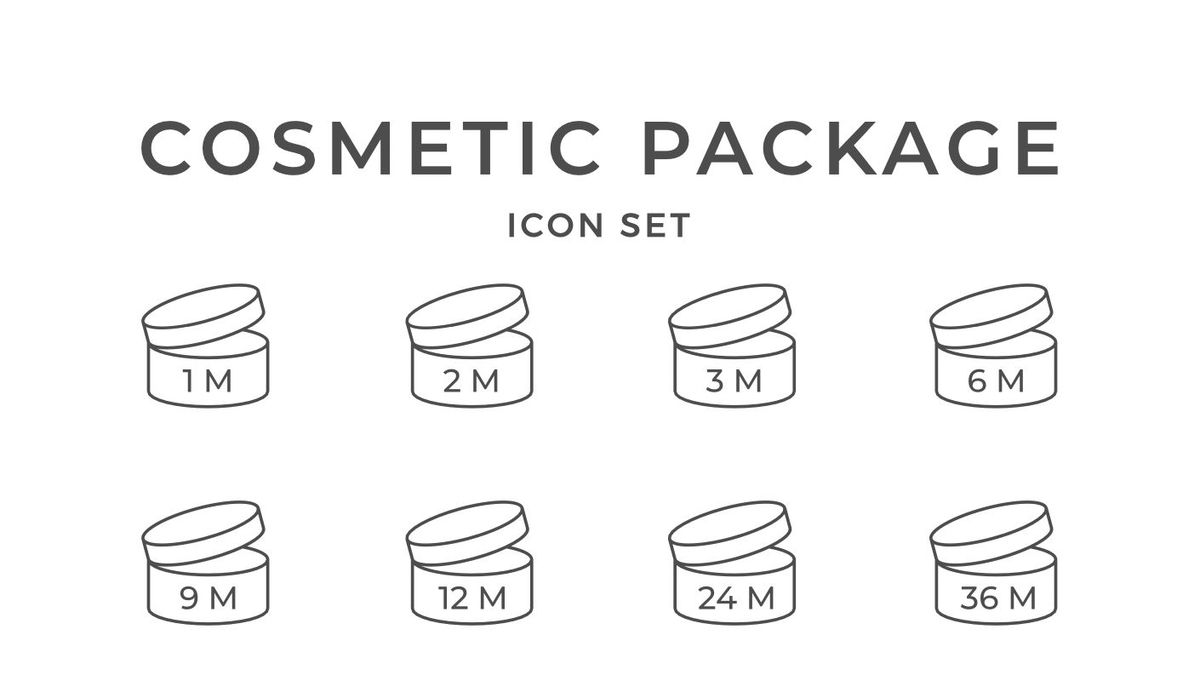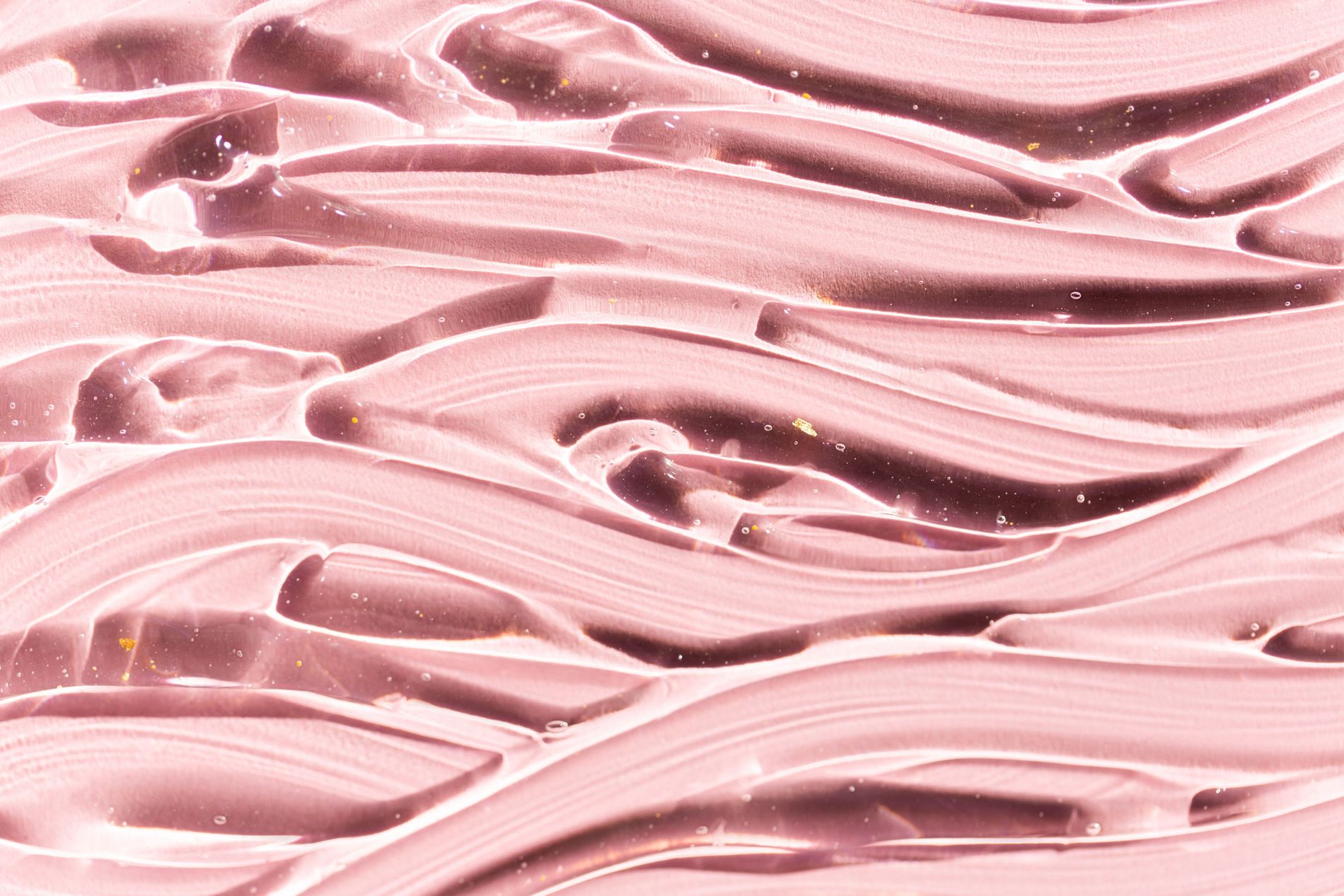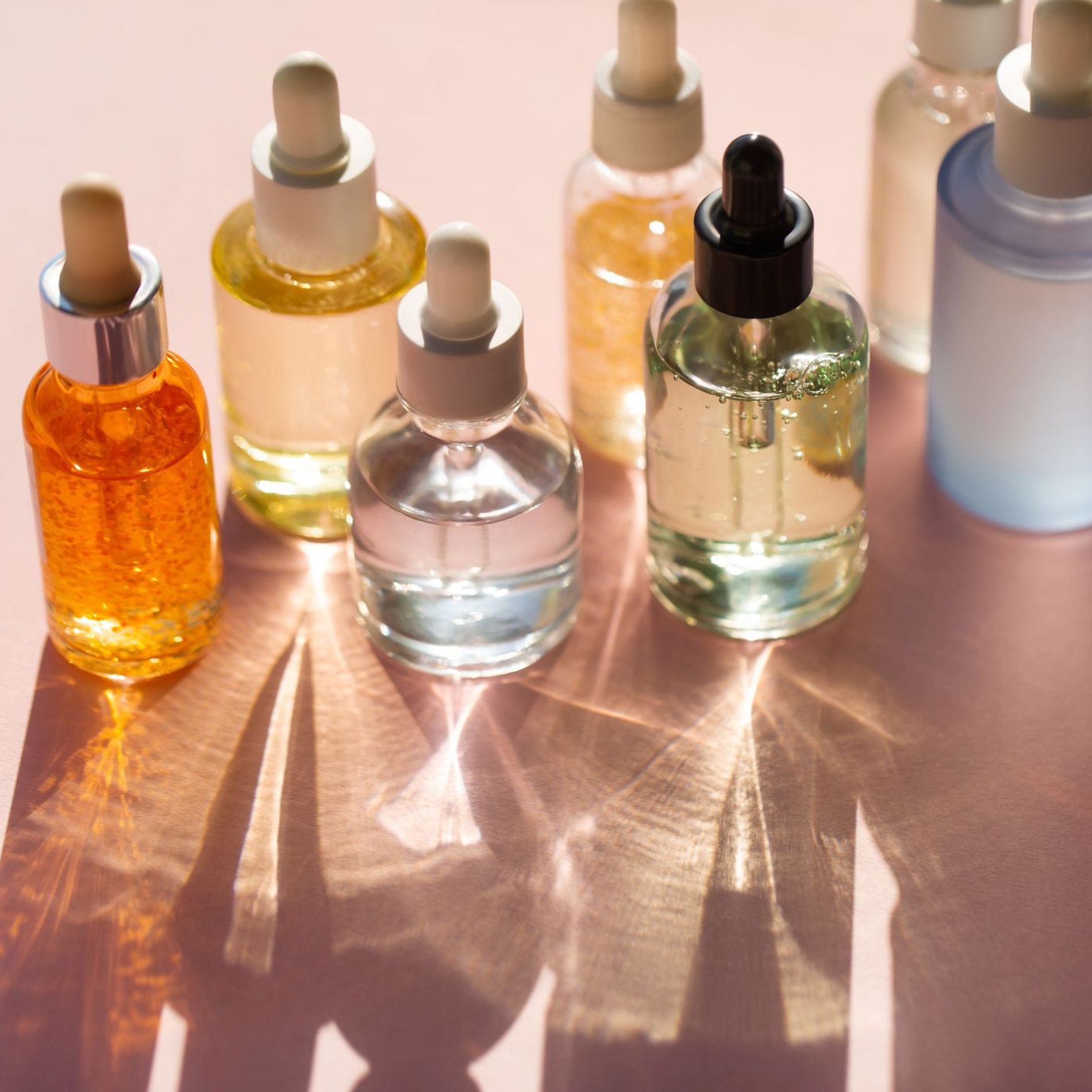So your new serum looks slick and expensive.... But does it actually deliver? It’s time to prioritise science over branding
All products featured on Vogue are independently selected by our editors. However, when you buy something through our retail links, we may earn an affiliate commission.
Skincare labels can be confusing. For some you need an almost encyclopaedic knowledge of botanicals to navigate the ingredients list. Others rely on a whole new lexicon of complexion-relevant terms. Then there are the illustrations and marketing jargon. With that in mind, we’ve pulled together a beginners’ guide so bookmark this page.
The open-jar symbol indicates how long a product will remain fresh once it's opened
Food isn’t the only thing that can go off. Past-its-prime skincare can at best be ineffective and at worst cause irritation in even the most resilient skin. This is because oils (spreading agents) in the formula rise to the top, potentially clogging pores, while your pots of cream can be laced with mould and bacteria, which you then transfer to your face.
Look for 6M, 12M or 24M next to an open-jar symbol, recommends Martina Arfwidson, owner and president of FACE Stockholm. “M stands for month so use this as a guide for when to replace your product. Some also carry an expiry date, which you usually find on the base of the product next to the batch or lot number.”

Photo: Getty
A bunny logo on the label indicates the product is cruelty-free
Since 2013, EU legislation states that any new beauty products, which have been tested on animals, are not allowed to be legally sold in Europe. The trouble is, EU law only refers to the finished product, not the individual ingredients. Without proper accreditation, there is little assurance that a brand hasn’t paid for its products to be tested on animals in countries such as China. So look for a bunny logo by cruelty-free organisations including PETA and Leaping Bunny, as these signify that neither the product nor its ingredient suppliers conduct or pay for any tests on animals for their ingredients, formulations, or finished products.

Photo: Getty
